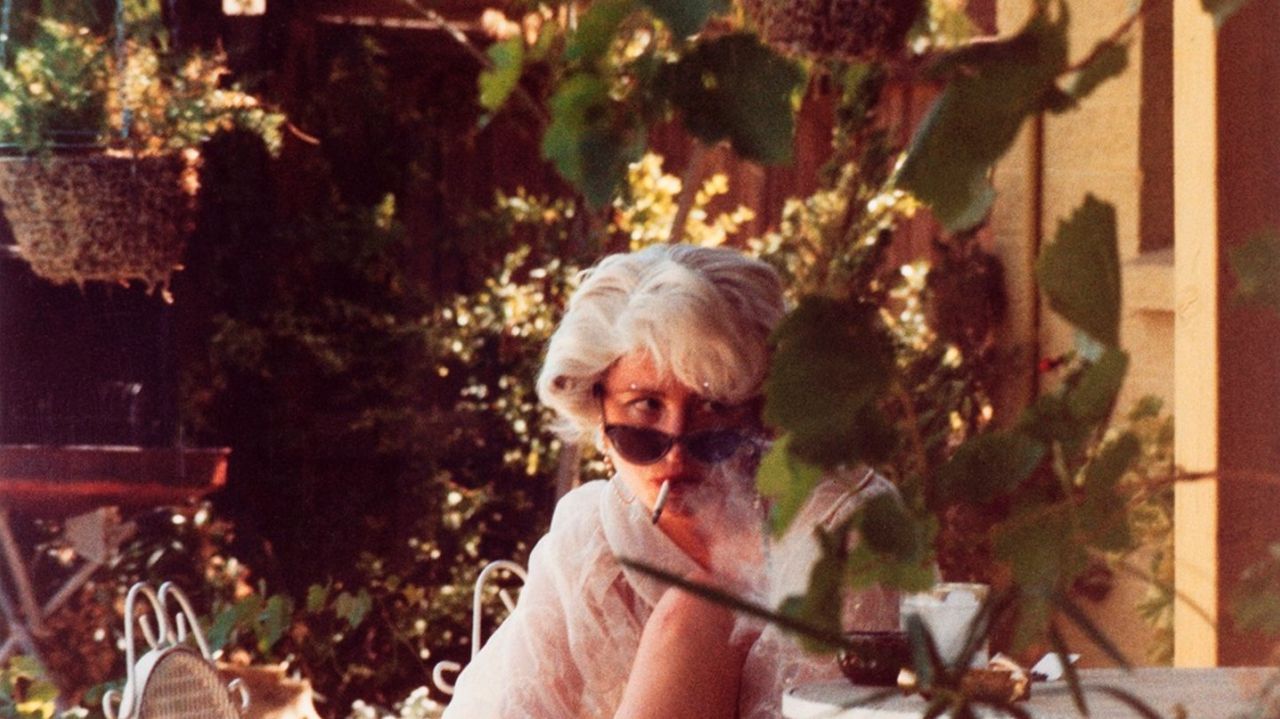
After roughly a year and a half without a New York flagship, the International Center of Photography opened its doors to press three days before the public opening on June 23, for a preview of its new space at 250 Bowery.
“The world that we live in today is being dominated by images,” said executive director Mark Lubell by way of introduction to both the new space, designed by Skidmore, Owings & Merrill, and its inaugural exhibition, “Public, Private, Secret.” Where once a few professional photographers shared their images with millions, technology has brought the ability to take and share photos to the masses.
Lubell is especially proud of the new museum’s expansive glass storefront, which he hopes will hope keep the institution engaged with the public. The museum envisions the 90-foot-long glass frontage as allowing the building to function as a sort of village square, with “real two-way conversation with the street,” Lubell explained.
Natalie Bookchin, My Meds, from the “Testament” series (2009), video still, in the new International Center of Photography’s inaugural exhibition “Public, Private, Secret.” Courtesy the International Center of Photography, © Natalie Bookchin
Curated by the museum’s curator-in-residence, Charlotte Cotton, with associate curator Pauline Vermare and assistant curator Marina Chao, the show features 150 works by 50 artists, and has a self-proclaimed goal of examining “photography’s role in breaking and resetting the boundaries of social and personal privacy.”
Roughly 35 percent of the work on view is drawn from the ICP collection, with historical works by the likes of Garry Winogrand, Weegee, and early 20th-century photographers who “maybe sort of start the discussion,” Cotton told artnet News.
The new International Center of Photography at 250 Bowery. Courtesy of photographer Saul Metnick and the International Center of Photography.
To open the show are a quartet of videos that traffic in borrowed footage. Natalie Bookchin, for instance, mines video diaries posted online to find common themes, such as health, employment, and sexuality. She overlays multiple videos, allowing quotidian statements to emerge as if uttered by a Greek chorus.
On the other side of the room, Jon Rafman‘s Main Squeeze offers a montage of images drawn from people’s kinkiest fetishes and desires—some of which could have very easily been taken directly from Jerry Saltz’s Instagram.
Downstairs, Cotton opens the main gallery by pairing a shot of Cindy Sherman, in which the artist has staged an impromptu, invasive paparazzi shoot of a young starlet smoking with a video produced by Rizzoli that pages through Kim Kardashian‘s book of selfies. The reality star has, in a sense, taken away the paparazzi’s power by widely disseminating her personal photographs.
“It’s like the Bible of the selfie, right?” said Cotton. “You can’t talk about celebrity culture and how it’s being framed right now without Kim Kardashian.”
The subject of privacy as a social issue runs deeply through the show, contrasting our need for public visibility with the disturbing ways in which activities are being tracked and monitored, often without our knowledge.
Jill Magid, Trust, from “Evidence Locker” (2004), video still, in the new International Center of Photography’s inaugural exhibition “Public, Private, Secret.” Courtesy the International Center of Photography, © Jill Magid.
Where Winogrand’s somewhat voyeuristic “Women Are Beautiful” street photography captured candid images of the common woman going about her daily life, we now have video cameras recording every minute of every day. In Jill Magid‘s Trust, the artist, clad in a bright red coat, traverses a city street with her eyes closed, being fed step-by-step directions through an ear piece, her partner monitoring her progress through a series of security cameras.
Facial Weaponization Suite (2012), a particularly compelling video from Zach Blas, looks to fight invasive data collection efforts by creating a “collective fag face mask,” as he writes. An amalgamation of many gay men’s faces results in a distorted blob that he can use to “embrace nonexistence” and fight the attempts of scientific studies to identify sexuality through rapid facial recognition.
The exhibition is also experimenting with something called “real-time curation” with a set of seven square, Instagram-like screens streaming themed selections of content currently being shared on social media. “It creates a profound sense of what all of the issues explored through contemporary artists’ work and historical precedents really mean, and how to think of them in real time,” said Cotton.
The lobby of the new International Center of Photography at 250 Bowery. Courtesy of photographer Saul Metnick and the International Center of Photography.
The project is curated by Mark Ghuneim, who worked with reality shows such as “Dancing With the Stars,” where he used algorithms to share tweets about its contestants during the broadcast. For ICP, he’s created seven streams, with themes like “morality tales” or “creators,” based on today’s newest brand of celebrity: teenage boys who share their lives on Snapchat, Vine, and other social media channels.
“It’s like a mirror for society being held up in the room,” explained Ghuneim.
“Public, Private, Secret” is on view at the International Center of Photography, 250 Bowery, June 23, 2016–January 8, 2017.